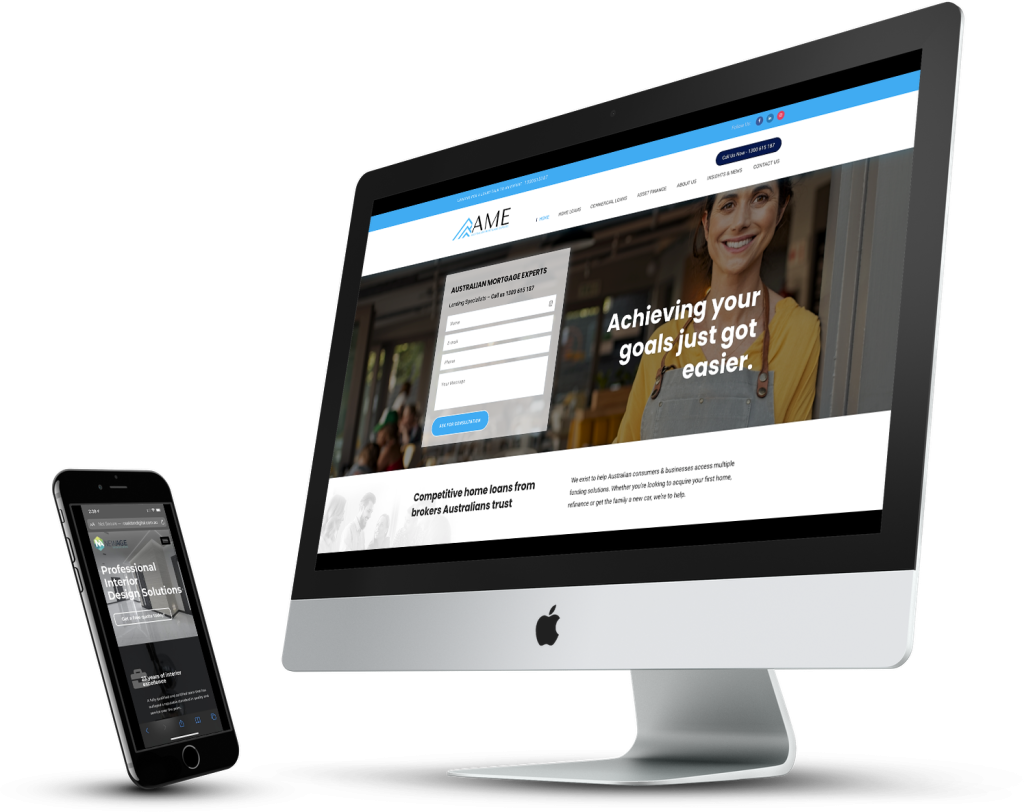In today’s competitive market, having a website that generates leads is a critical component of any successful business strategy. A well-designed website serves as a digital storefront, providing potential customers with valuable information about your products or services and inviting them to take the next step in the sales process. With the right approach, your website can become a powerful lead-generation tool, helping you attract and convert more visitors into customers.

Point 1: Clearly Define Your Target Audience:
To effectively generate leads through your website, it’s essential to understand who your target audience is. This information will help you tailor your website’s design, messaging, and content to the specific needs and interests of your ideal customers. Consider factors such as demographics, interests, pain points, and buying habits, and use this information to inform your website’s design and content.
Point 2: Create a User-Friendly Interface:
A user-friendly interface is key to keeping visitors engaged and interested in your website. Make sure your website is easy to navigate, with clear calls-to-action and contact information prominently displayed. Consider the visual design of your site, including colour choices, font types, and images, and ensure that it accurately reflects your brand and appeals to your target audience.
Point 3: Offer Valuable Content:
One of the best ways to build trust with your website visitors is by providing them with valuable, relevant content. Offer blog posts, whitepapers, ebooks, or other types of content that are useful and interesting to your target audience. By demonstrating your expertise and providing valuable information, you’ll establish your business as a thought leader in your industry and help build trust with potential customers.
Point 4: Make Use of Landing Pages:
Landing pages are dedicated pages that are optimized for specific campaigns or offers. They are an effective way to convert visitors into leads by focusing on a specific action, such as filling out a form. Make sure your landing pages are optimized for conversion, with clear calls-to-action and a simple, easy-to-use form.
Point 5: Utilize Lead Magnets:
Lead magnets are freebies that you offer in exchange for a visitor’s contact information. They are a great way to build your email list and generate leads. Offer lead magnets such as ebooks, webinars, or free trials, and make sure they are relevant and valuable to your target audience.

Point 6: Make Use of Forms:
Forms are an essential tool for capturing visitor information and turning visitors into leads. Make sure your forms are short and easy to fill out, with clear instructions and a simple design. Consider offering incentives, such as exclusive content or discounts, to encourage visitors to fill out your forms.
Point 7: Incorporate Social Proof:
Social proof refers to the influence that others have on our beliefs and behaviours. By incorporating testimonials, case studies, and other forms of social proof into your website, you can build trust and credibility with your visitors. Highlighting the success of others can help convince potential customers to take action and become leads.
Point 8: Optimize for Search Engines:
To drive more traffic to your website and generate leads, it’s important to optimize your site for search engines. This includes incorporating relevant keywords, meta descriptions, and alt tags, as well as ensuring that your site is mobile-friendly and has a fast load time. By optimizing your site for search engines, you’ll increase your visibility and reach more potential customers.
Building a lead-generating website requires a combination of strategic design, valuable content, and targeted marketing efforts. By following these 8 tips, you’ll be well on your way to creating a website





